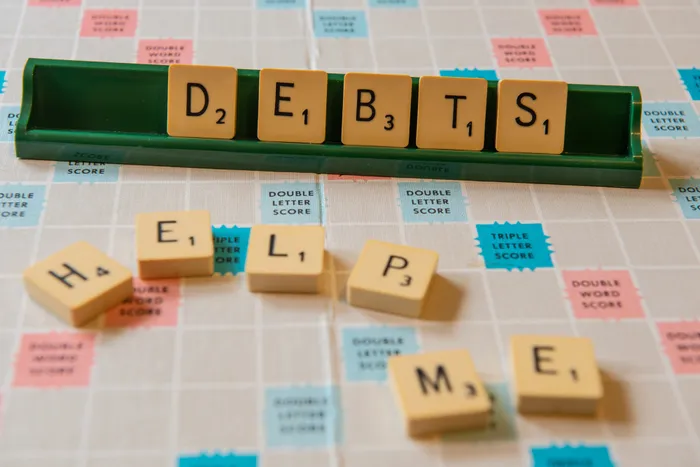Not all debt is equal - do you know the difference between good debt and bad debt?

Debt is a word that consumers will probably know the meaning of but do they know the difference between good debt and bad debt. Picture: Freepik
South African consumers may be familiar with the term debt but are they aware of good debt and bad debt as well as the major difference between these two types of debt.
James Williams, head of marketing for Wonga, breaks down the meaning of good debt and bad debt.
Good debt: “A simple rule about debt is that if it increases your net worth or has future value in helping you progress financially, it is considered to be good debt.”
Bad debt: “If the borrower isn’t able to make their promised repayments, it is bad debt.”
What is the difference?
Good debt
“Good” debt allows an individual to manage their finances more effectively, to buy things they need or to handle unforeseen emergencies, or to acquire larger and more capital-intensive assets, such as property.
Examples of good debt:
- Taking out a bond for a home.
- Buying things on credit that save time and money.
- Investing in oneself by borrowing to further education.
Repaying these debts timeously is a meaningful way to improve your credit score – and making overpayments on debt, where possible, can help you close your active accounts quickly.
Williams said: “This is a great way to put ‘good’ debt to use to further your investments (such as in your home) or otherwise help you progress in your financial journey.”
Bad debt
“Bad” debt is an amount of money that has little or no prospect of being repaid timeously or puts financial stress on the borrower who is unable to repay it as originally agreed.
Neil van der Walt, Marketing Manager at DebtSafe shares examples of bad debt:
– credit cards
– personal loans (recycling your debt like taking on a loan to pay off other/new debt)
– temporary loans;
– payday/cash advanced loans
– retail store/clothing accounts
“Borrowers should ensure that their bad debt does not eat into money they need for living expenses or get in the way of important financial goals. It is best to pay off debt as quickly as possible to minimise its cost and impact,” Williams said.
If you find yourself deep into bad debt, here are 4 ways you can manage your money:
1. Make sure that your monthly debt repayments are paid on time, a payment that is even 24 hours late can be bad for your credit rating.
2. Ensure that you pay the minimum instalment required.
3. Pay your most “expensive” debts first as they charge high interest rates.
4. If you are able to, pay more than the minimum payment on accounts to improve your credit rating.
Williams shares his number one rule when taking on debt:
“Think carefully before taking out credit for something that is not a need or will not be beneficial in the long term.”
IOL Business